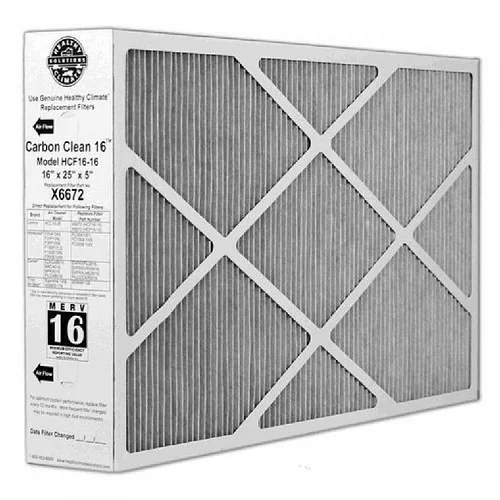
Furnace
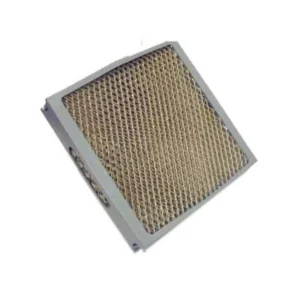
Humidifier
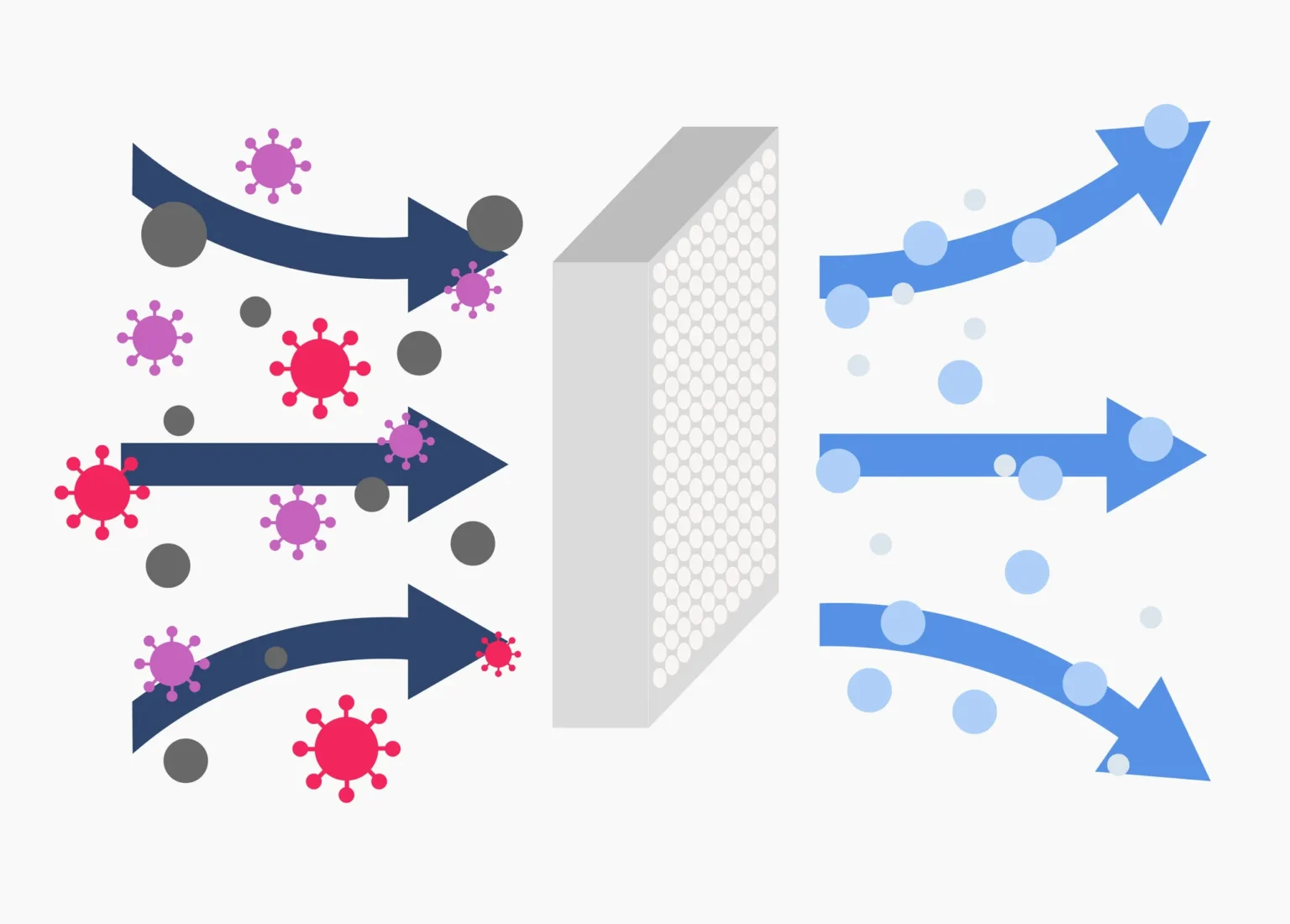
Filtration Filters HEPA & Carbon Filters
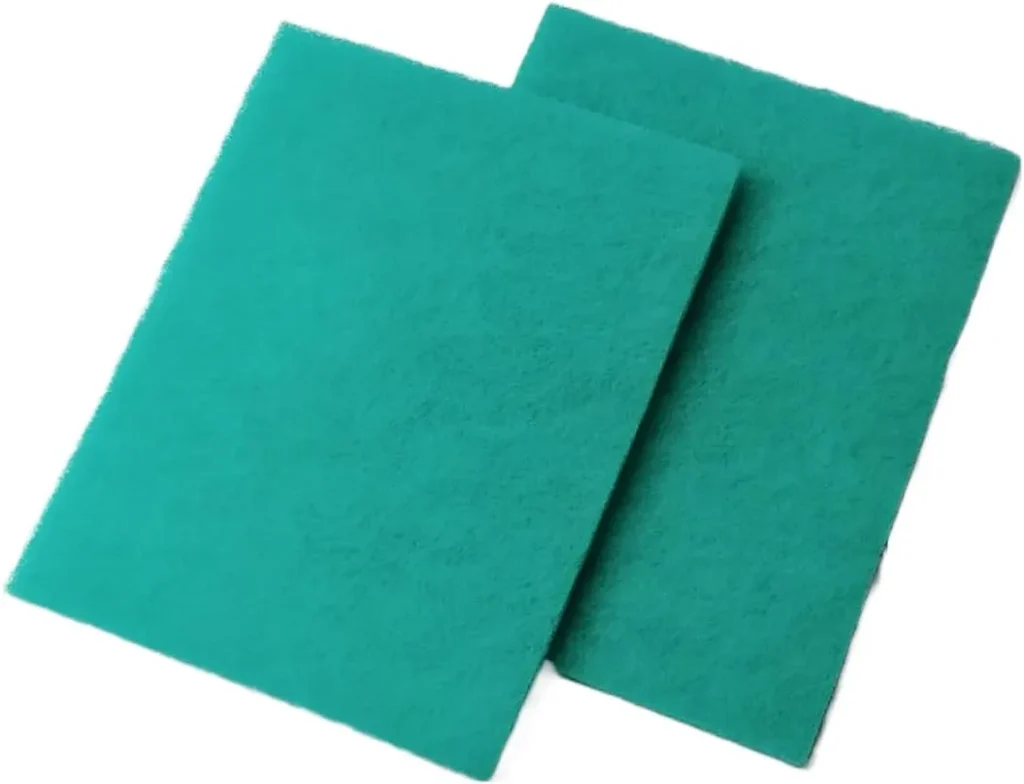
HRV foam Filters
Furnace Filters "The Most Important Filtration For Your HVAC"
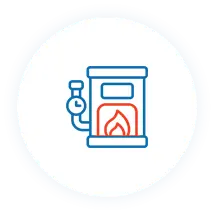
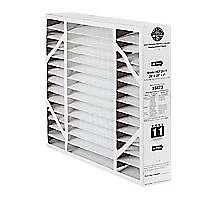

| MERV | Minimum particle size | Typical controlled contaminant [1] | Typical application[1] |
|---|---|---|---|
| 1–4 | > 10.0 μm | Pollen, dust mites, cockroach debris, sanding dust, spray paint dust, textile fibers, carpet fibers | Residential window A-C units |
| 5–8[1] | 10.0–3.0 μm ("E3") | Mold spores, dust mite debris, cat and dog dander, hair spray, fabric protector, dusting aids, pudding mix | Better residential, general commercial, industrial workspaces |
| 9–12 | 3.0–1.0 μm ("E2") | Legionella, humidifier dust, lead dust, milled flour, auto emission particulates, nebulizer droplets | Superior residential, better commercial, hospital laboratories |
| 13–16 | 1.0–0.3 μm ("E1") | Bacteria, droplet nuclei (sneeze), cooking oil, most smoke and insecticide dust, most face powder, most paint pigments | Hospital and general surgery |

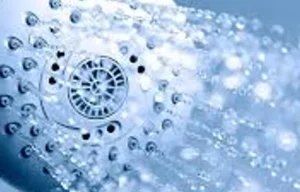

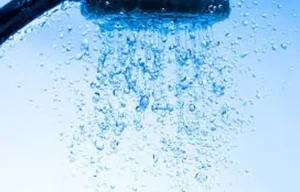




Upgrade To A 5 in Filter: This Is Why?

Join the Energy Savings Agreement and Save on an Annual Supply of Furnace and Humidifiers and HRV Filters
The Benefits of Financing Your HVAC Project
See how financing can make your HVAC more affordable, so you can get the upgrades you want and need without having to compromise your budget.
Why HVAC Upgrades?
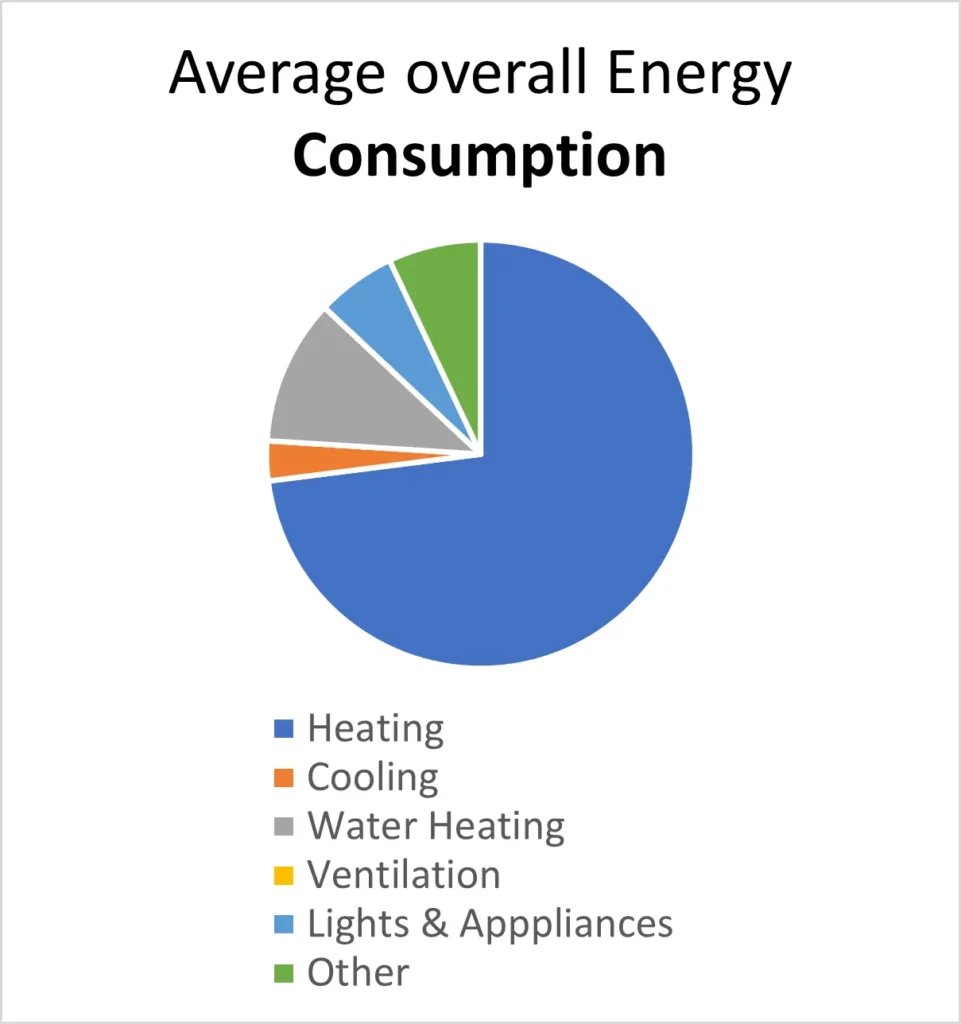
Heating and Water Cooling are the 2 major appliances that consume energy in your home.
You really save money by upgrading your HVAC system, as well you will reduce your carbon tax fee.


- Affordable Units with easy monthly payments.
- The Quiestest Furnaces
- High Efficiency Furnaces That Save You Money

